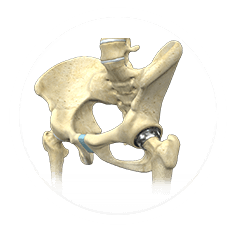Posted on: 02-Jun-2016
Source: Science Daily
Cartilage is filled with fluid — about 80% of the volume of the cartilage tissue — that plays the essential roles of supporting weight and lubricating joint surfaces. Loss of this fluid, called synovial fluid, results in a gradual decrease in cartilage thickness and increase in friction, which is related to the degradation and joint pain of osteoarthritis. Since cartilage is porous, fluid is readily squeezed out of the holes over time. Yet the symptoms associated with osteoarthritis usually take decades to develop. Researchers have now proposed a mechanism that explains how motion can cause cartilage to reabsorb liquid that leaks out.
Read more




